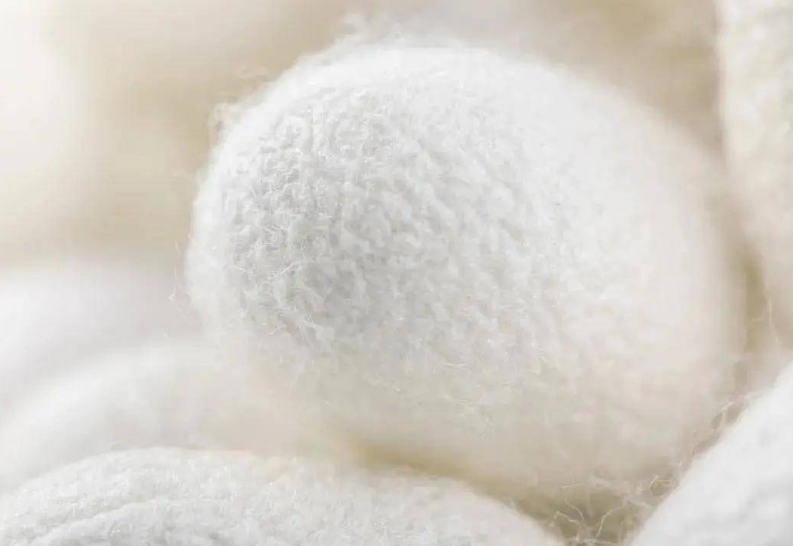How to solve the wet treatment fastness of natural fiber?
时间:2023-02-02 作者 :admin
Textiles woven from natural fibers are easier to fade than those made from chemical fibers (especially synthetic fibers). That is, cotton, linen, silk and wool fabrics are easier to fade than nylon, polyester and acrylic. Especially silk and cotton fabrics are easy to fade and stain; It not only makes the appearance of the textiles obsolete, but also contaminates other fibers and fabrics. In order to improve the fastness to wet treatment or other fastness, color fixation is usually carried out.
Fixation mechanism of color fixing agent:
First of all, dyes are dyed on different fibers, and their dyeing mechanism and color fastness are different. Therefore, the fixation mechanism and application of the fixing agent used are also different. The fixation mechanism of direct and reactive dyes is also different:
1. The cationic groups such as quaternary ammonium salt or tertiary amine salt in the fixing agent molecule are combined with the anionic groups in the structure of ionic dyes to make the dye and fixing agent form insoluble lake on the fiber, reduce the water solubility of the dye, and improve the wet treatment fastness.
2. The reactive group in the dye fixing agent molecule, the reactive group on the dye molecule and the hydroxyl cross-linked network system on the cellulose molecule are used to make the dye and fiber more closely and firmly together, prevent the dye from falling off the fiber, and thus improve the dyeing fastness.
3. The film forming property of the fixing agent on the fabric is used to improve its dyeing fastness. During the high-temperature drying process of the fabric treated by the color fixing agent, the resin itself can be cross-linked into a macromolecular network structure, thus forming a macromolecular film together with the dye, making the combination between the dye and the fiber stronger.







